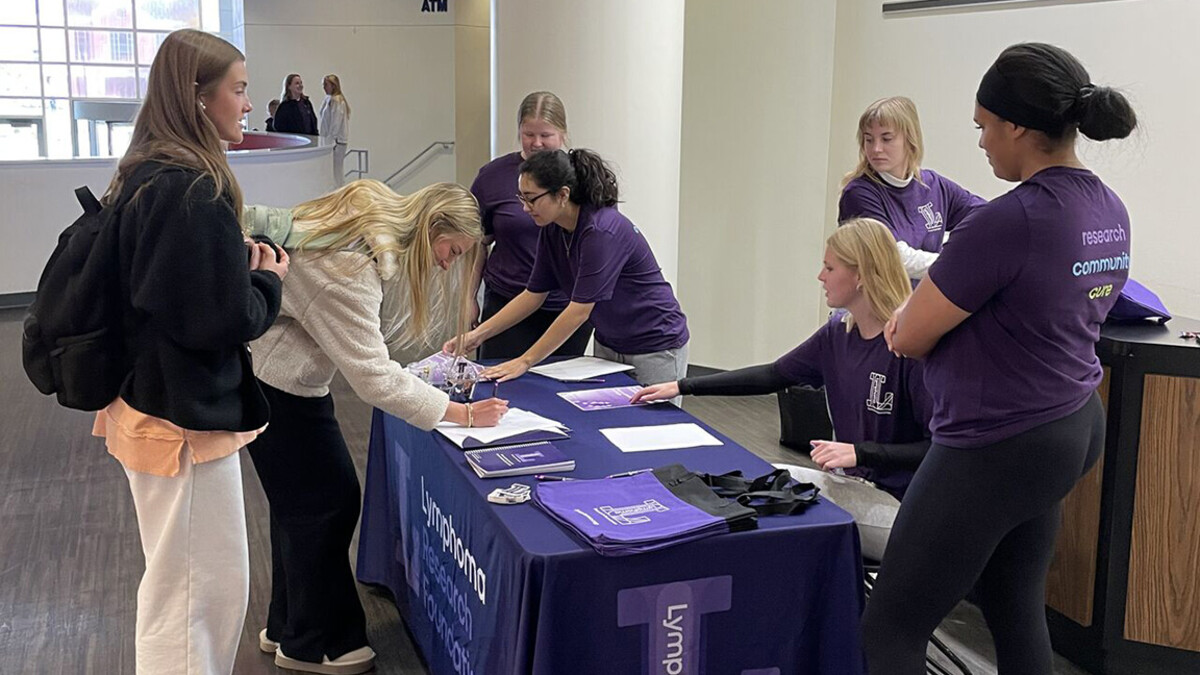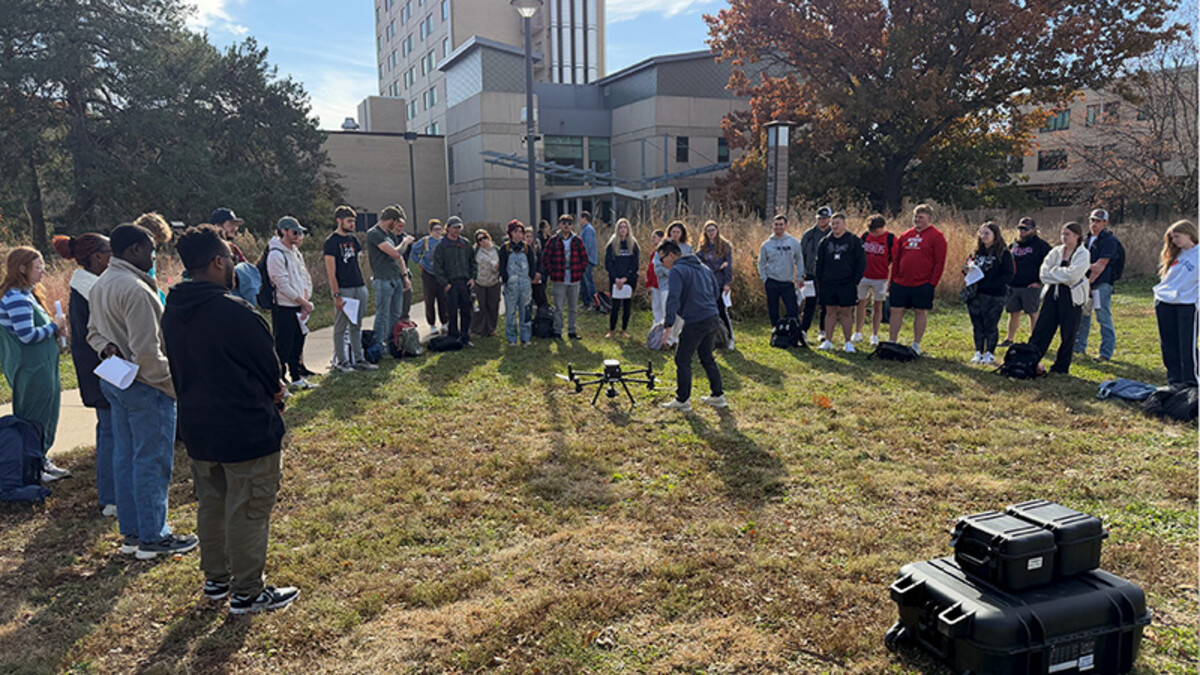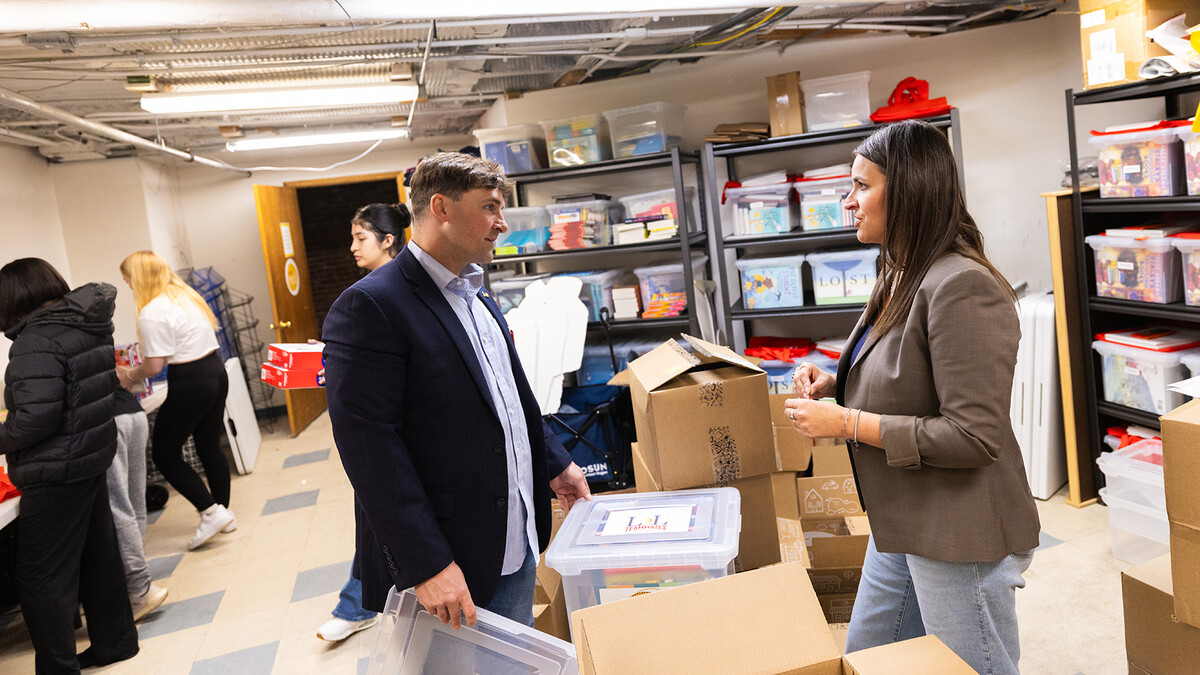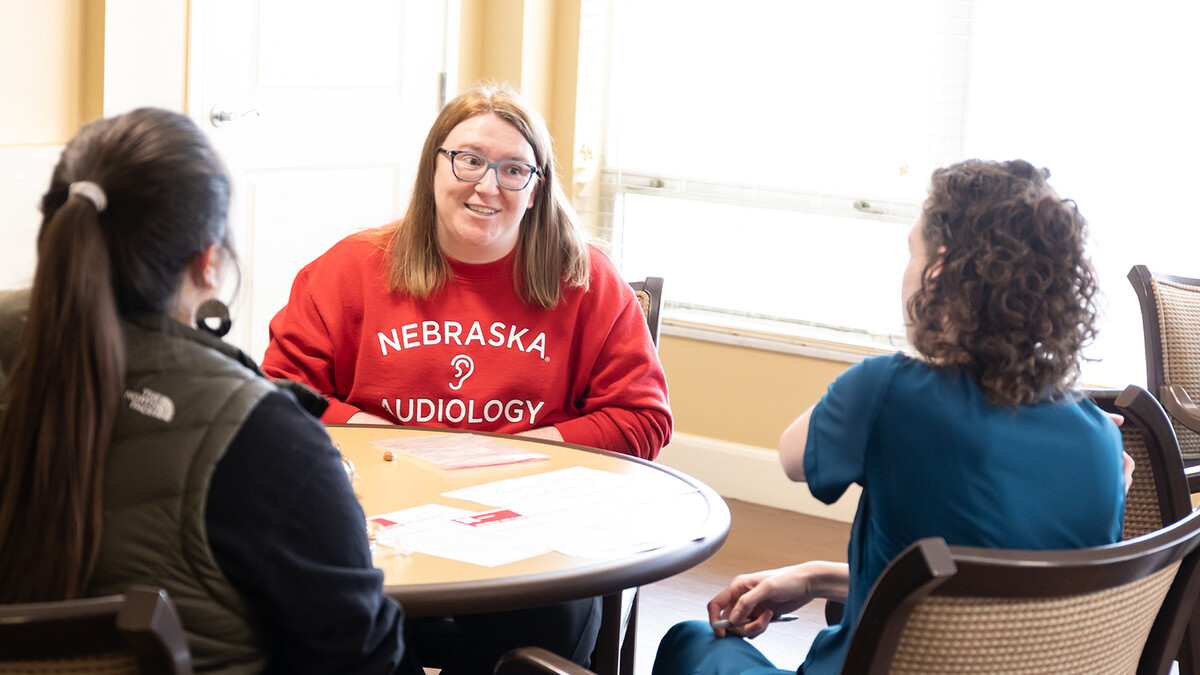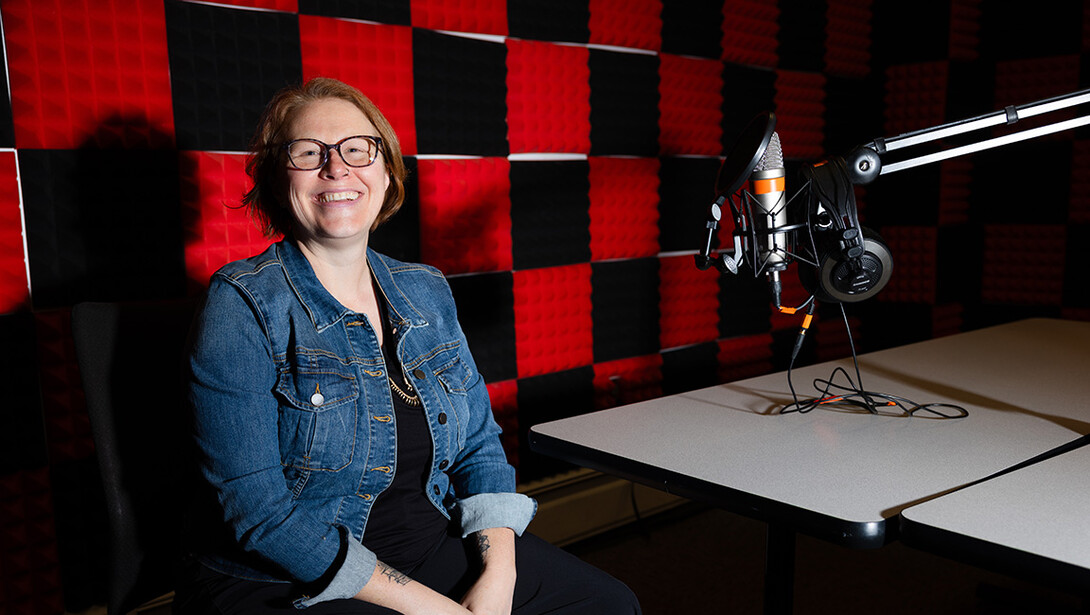
True crime is a lucrative genre, topping ratings and spawning online communities. Despite its popularity — and its ability to highlight cases that need attention — the production of true crime has a dark side, often adding to the trauma experienced by victims’ loved ones.
University of Nebraska–Lincoln scholar Kelli Boling published new research highlighting the impacts of true crime media on the family and friends of crime victims. Through in-depth interviews with 20 co-victims — all of whom experienced their loved ones’ stories told through true crime media — Boling and co-author Danielle Slakoff of California State University, Sacramento, found that co-victims often have to wrestle with a dichotomy between feeling an immense loss of privacy amid grief and wanting the media’s help to keep a criminal case in the public eye in the pursuit of justice.
“There’s a horrible intrusiveness that's never going to go away and often, it’s going to be covered for the rest of their lives,” Boling, assistant professor of advertising and public relations, said. “On the flip side, being available to media helps them find leads in certain cases, especially in missing person cases. It keeps people talking about the cases and sometimes helps them change the narrative and correct inaccuracies.”
The qualitative research, published as two articles in Mass Communication and Society and Crime Media Culture, found five main themes of concern that co-victims had about their experience with true crime media: inaccuracies; sensationalism of tragedy; loss of privacy; uncomfortable interactions with true crime consumers, including trolls; and lack of control in how the stories are produced or edited, resulting in further harm.
The co-victims also highlighted some positives of true crime media, including drawing public attention to a case; education about the criminal justice system; and the resulting pressure on criminal justice officials to solve a case and pursue justice for the victims.
“The missing person cases and the cold cases tend to be more dependent on media long term, so they maintain a more positive overall impression of the media, because they are so dependent on keeping their loved one's name out there,” Boling said.
One of the most surprising findings for Boling was co-victims’ interactions with the public. They described dealing with strangers “trauma dumping” on them, trolling behaviors and amateur sleuths harassing them online and in person for information, among other infringements.
“A lot of what we see here sounds like parasocial relationships, but it’s different, because you've got people who want to help solve the case,” Boling said. “They want to do their part, but they don't necessarily see themselves as being friends with the co-victim. What they really want is justice. They do feel like they've got some innate ability to solve the case that nobody else has, which isn’t true.”
This new research adds to a growing body of literature examining the ethics of the true crime genre. Boling and Slakoff described the current true crime media landscape as largely controlled by algorithms and consumed by people who are not always able to discern the true crime media that is produced ethically from the sensationalized or exploitative.
“It's not a crack of a difference, it's the Grand Canyon of a difference,” Boling said. “And the average consumer doesn't know that one broadcast, one podcast or one documentary is produced ethically and one isn't. You might watch a documentary that’s ethically produced, and then the algorithm suggests one that’s sensationalized or completely inaccurate.”
Similarly, the co-victims interviewed didn’t distinguish between journalists, professional production crews or armchair detectives invading their privacy — they felt they were all harmful. While co-victims did see some benefits to true crime media, they felt there should be standards and possibly laws in place to protect them.
“They didn't distinguish between who was flying the helicopter that was over their house or trying to take photos of their backyard. Everything was media to them,” Boling said. “They didn't distinguish if this is a local news outlet or some independent production. In their mind, everybody should be held to the same standards. Nobody should be allowed to do this.”
Boling and Slakoff are writing a forthcoming article based on the interviews about how the production of true crime can be done more ethically, without causing further harm to the co-victims.
“I went into this research as a media scholar, and my thought was that the only way to properly tell a story is by a trained journalist, who is following journalistic ethics, but we found that co-victims said, ‘No, the only way to tell these stories is to have the co-victims tell the story,’” Boling said. “They were very clear that only another co-victim would have the empathy and respect to tell a story and that anybody outside that lived experience could not do it justice.
“Ethical true crime has to be victim and co-victim centered.”

